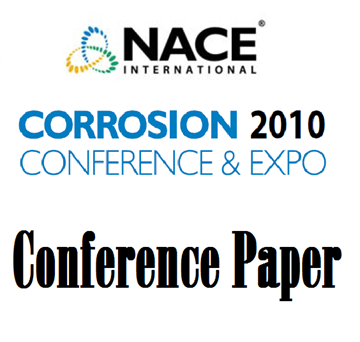Search
10265 High Corrosion Resistant Metallic Coatings for Oilfield Applications Exposed to Aggressive Environments
Also Purchased
10262 Corrosion Resistance of Nickel Alloys and Super Austenitic Stainless Steel Weld Claddings as a Function of Dilution
Product Number:
51300-10262-SG
ISBN:
10262 2010 CP
Publication Date:
2010
$20.00
10245 Susceptibility of Nickel Based Alloy of Dissimilar Metal Butt Welds
Product Number:
51300-10245-SG
ISBN:
10245 2010 CP
Publication Date:
2010
$20.00
10267 Thermal Spray Coatings for Gate Valve Components
Product Number:
51300-10267-SG
ISBN:
10267 2010 CP
Publication Date:
2010
$20.00




